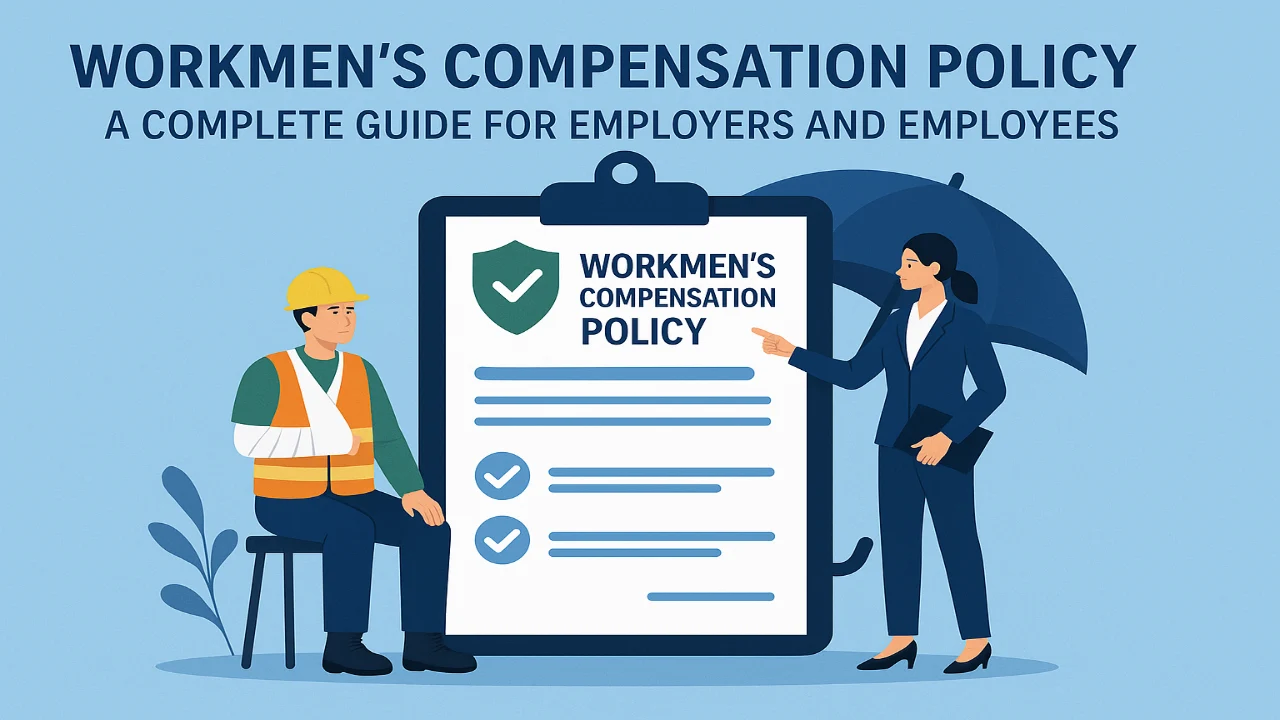In the realm of employment, various allowances are designed to support employees under specific circumstances. One such crucial provision is the subsistence allowance, which plays a vital role during periods when an employee is suspended pending an inquiry. This article delves into the nuances of subsistence allowance in India, offering insights beneficial to both employees and employers.
What Is Subsistence Allowance?
Subsistence allowance is a monetary benefit provided to an employee who has been suspended from duty due to disciplinary proceedings or pending investigations. The primary objective of this allowance is to ensure that the suspended employee can meet basic living expenses during the suspension period, upholding the principle that an individual is presumed innocent until proven guilty.
Legal Framework Governing Subsistence Allowance
In India, the provision for subsistence allowance is primarily governed by Section 10A of the Industrial Employment (Standing Orders) Act, 1946. This section mandates that during the suspension of a workman pending an inquiry, the employer is required to pay a subsistence allowance. The specifics of this allowance, including the percentage of wages to be paid and the duration, are outlined within this legal framework.
Additionally, various state-specific legislations further define and regulate the payment of subsistence allowance. For instance, the Kerala Payment of Subsistence Allowance Act, 1972, stipulates that employers must pay:
- 50% of the last drawn wages for the initial 90 days of suspension.
- 75% of the wages for the period extending from 91 days to 179 days.
- Full wages if the suspension exceeds 180 days.
These provisions ensure that employees are not deprived of their livelihood during suspension periods.
Taxation of Subsistence Allowance
The taxation of subsistence allowance in India is subject to specific guidelines:
- Taxable Income: Subsistence allowance received during suspension is generally considered part of the employee’s salary income. It is included in the total income for the relevant financial year and taxed according to the applicable income tax slab rates.
- Deductions: Employees receiving subsistence allowance are eligible for standard deductions under Section 16 of the Income Tax Act. As of the latest provisions, the standard deduction for salaried individuals is ₹50,000. Additionally, employees can claim other deductions available under various sections of the Income Tax Act, such as Section 80C (investments in PPF, EPF, life insurance premiums), Section 80D (medical insurance premiums), among others.
It’s essential for both employers and employees to stay updated with current tax regulations and consult tax professionals to ensure compliance and optimize tax benefits.
Responsibilities of Employers
Employers play a pivotal role in the administration of subsistence allowance. Key responsibilities include:
- Timely Payment: Ensuring that the subsistence allowance is disbursed promptly, adhering to the percentages and timelines stipulated by relevant laws.
- Clear Communication: Informing the suspended employee about the terms of suspension, the amount of subsistence allowance, and any conditions attached to its payment.
- Policy Adherence: Following both central and state-specific regulations regarding subsistence allowance to maintain legal compliance and uphold employee rights.
Rights and Responsibilities of Employees
Suspended employees entitled to subsistence allowance should:
- Provide Necessary Declarations: Furnish certificates or declarations as required, such as affirming non-engagement in other employment during the suspension period.
- Understand Tax Implications: Be aware that subsistence allowance is taxable and plan finances accordingly, including availing eligible deductions.
- Seek Clarifications When Needed: Approach the employer or relevant legal advisors to understand the specifics of the allowance, especially concerning duration, amount, and any deductions.
Conclusion
Subsistence allowance serves as a critical safeguard for employees facing suspension, ensuring they can maintain their livelihood during periods of uncertainty. For employers, adhering to the legal provisions governing this allowance is not only a statutory obligation but also a reflection of fair and just employment practices. A thorough understanding of the intricacies of subsistence allowance fosters a transparent and supportive workplace environment, benefiting both employees and employers alike.
By staying informed and compliant with the prevailing laws and regulations, all parties can navigate the challenges associated with suspension periods more effectively and equitably.
FAQs
What is subsistence allowance, and when is it provided?
Subsistence allowance is a financial benefit given to employees who are suspended from duty pending an inquiry. It ensures they can meet basic living expenses during the suspension period.
How is the subsistence allowance calculated during the suspension period?
The calculation varies based on the duration of suspension and specific state regulations.
Is subsistence allowance taxable in India?
Yes, subsistence allowance is generally considered part of an employee’s salary income and is taxable under the Income Tax Act.
Does receiving subsistence allowance affect other benefits or allowances?
During suspension, employees typically do not receive regular allowances such as House Rent Allowance (HRA) or Dearness Allowance (DA). The subsistence allowance is intended to cover basic living expenses during the suspension period.
What are the employer’s obligations regarding subsistence allowance?
Employers are obligated to promptly disburse subsistence allowances in accordance with applicable laws. Additionally, they must clearly communicate the terms of suspension and details of the allowance to the suspended employee.
Explore More :



![Contract Labour (Regulation & Abolition) Act, 1970 – Meaning, Applicability, Registration & Compliance Explained [2025 Guide] 4 Contract Labour (Regulation & Abolition) Act, 1970 – Meaning, Applicability, Registration & Compliance Explained](https://hrinformative.com/wp-content/uploads/2025/07/Contract-Labour-Regulation-Abolition-Act-1970-–-Meaning-Applicability-Registration-Compliance-Explained.webp)